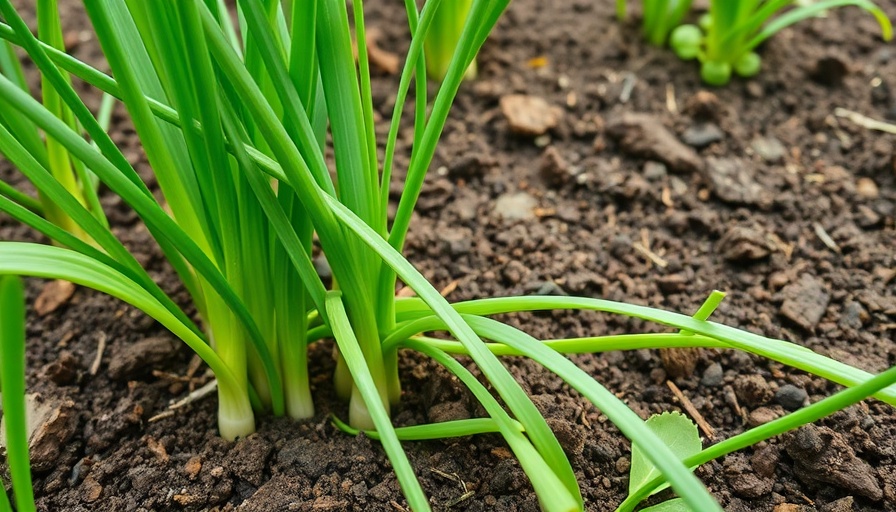
Unlocking the Joy of Harvesting Scallions
Whether you dine frequently on takeout or you’re a self-proclaimed culinary artist in your kitchen, the harvest season for scallions brings forth excitement and satisfaction. These versatile alliums, often overlooked in the grand scheme of vegetable gardening, are not just handy for sprinkling over meals—they can elevate your dishes with their fresh, vibrant flavor. Understanding the nuances of when and how to harvest scallions can enhance your cooking experience while nurturing your green thumb.
Understanding Scallions: What Sets Them Apart
First, let’s clarify what we mean by scallions. The term often gets misapplied to any green onion variety harvested in the spring. However, true scallions, scientifically known as Allium fistulosum, don’t develop bulbs as they mature. Unlike their spring onion cousins, which are A. cepa plants that form bulbs if left to grow longer, scallions remain slender thickets of greens. They’re identifiable by their long green tops and white bases but are typically harvested before any bulb formation.
The Best Time to Harvest Scallions for Peak Flavor
Timing is crucial for harvesting scallions. Generally, you can pick them when they reach approximately 6-12 inches in height, which usually occurs around 50 to 70 days after sowing. At this phase, they boast a mild taste that harmonizes beautifully with many dishes. If you’re eager to use them sooner, scallions can also be harvested at the microgreen stage, just a couple of inches tall—these tender greens provide a punch of flavor and can be snipped repeatedly for extended harvests.
Harvesting Techniques: Tips for a Successful Scallion Gathering
When you're ready to harvest, it’s essential to use the right methods. For scallions grown as microgreens, gently cut the greens at the soil line without uprooting the entire plant. This encourages regrowth and allows you to enjoy multiple harvests. If you’re pulling bunching onions, grip them near the base and lift them from the soil carefully to avoid damaging the roots. Delightfully, scallion blossoms also make for an excellent addition to salads and stir-fries—harvest these delicate blooms just as they begin to open for an extra layer of flavor in your meals.
Growing Scallions: Practical Tips for Home Gardeners
Scallions thrive in well-drained soil with plenty of sunlight. Regular watering and a balanced organic fertilizer can promote healthy growth. Consider rotating your scallion planting spots each year to avoid any soil-borne pests or diseases, ensuring the longevity of your harvests. They tend to be resilient plants, making them perfect for novice gardeners. Plus, their ability to reseed means that you can enjoy returning crops without having to replant every season.
Incorporating Scallions in Your Cooking
Beyond the basics, scallions can enhance a wide range of dishes. They lend their flavor beautifully in recipes such as scallion pancakes, savory pestos, and aromatic stir-fries. Experiment with adding freshly harvested scallions to your tacos or sprinkle them over soups for an uplifting crunch and a burst of green. If you’re looking for something extra, consider using scallion microgreens in gourmet salads or as a garnish for cocktails, turning everyday meals into elegant dining experiences.
Conclusion: Embracing Scallion Harvesting
Harvesting scallions not only provides a fresh and flavorful ingredient for your meals but also connects you to the rewarding experience of nurturing a garden. By learning the best practices for harvesting these unique vegetables, you’ll deepen your appreciation for your home gardening endeavors. Embrace this simple food source that is not only sustainable but adds a personal touch to your culinary creations. So, grab your garden tools and start celebrating the harvest season right in your backyard!
 Add Row
Add Row  Add
Add 




Write A Comment